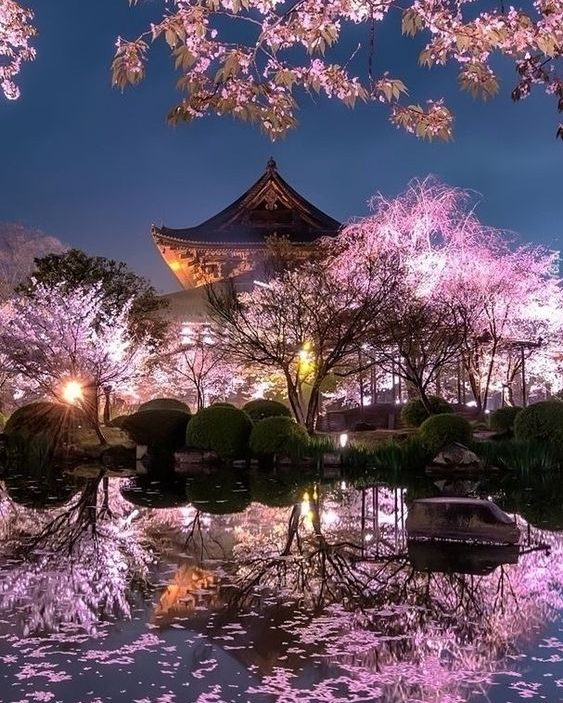
Want to know what a food trip in China looks like? THIS. YUM.
What a food trip in China looks .
This video will show you a food trip in china

Different types of nigiri-sushi and a long, tapered temaki; gari (pickled ginger) is at the upper right of the serving board
|
|
| Alternative names | すし, 寿司, 鮨 |
|---|---|
| Course | appetizer, main dish |
| Place of origin | Japan |
| Associated national cuisine | Japanese cuisine |
| Serving temperature | cold, hot |
| Main ingredients | vinegared rice |
| Ingredients generally used | raw seafood, vegetables, tropical fruits |
Sushi (すし, 寿司, 鮨) is the Japanese preparation and serving of specially prepared vinegared rice (鮨飯 sushi-meshi) combined with varied ingredients (ネタ neta) such as chiefly seafood (often uncooked), vegetables, and occasionally tropical fruits. Styles of sushi and its presentation vary widely, but the key ingredient is sushi rice, also referred to as shari (しゃり), or sumeshi (酢飯).
Sushi can be prepared with either brown or white rice. It is often prepared with raw seafood, but some varieties of sushi use cooked ingredients, and many other are vegetarian. Sushi is often served with pickled ginger, wasabi, and soy sauce. Daikon radish is popular as a garnish.
Sushi is often confused with sashimi, a related Japanese dish consisting of thinly sliced raw fish or occasionally meat, and an optional serving of rice.
Did you know about this ??
Makizushi

Futomaki

Makizushi in preparation
Makizushi (巻き寿司, “rolled sushi”), norimaki (海苔巻き, “Nori roll”) or makimono (巻物, “variety of rolls”) is a cylindrical piece, formed with the help of a bamboo mat known as a makisu (巻簾). Makizushi is generally wrapped in nori (seaweed), but is occasionally wrapped in a thin omelette, soy paper, cucumber, or shiso (perilla) leaves. Makizushi is usually cut into six or eight pieces, which constitutes a single roll order. Below are some common types of makizushi, but many other kinds exist.
Futomaki (太巻, “thick, large or fat rolls”) is a large cylindrical piece, usually with nori on the outside.[17] A typical futomaki is five to six centimeters (2–2.5 in) in diameter.[18] They are often made with two, three, or more fillings that are chosen for their complementary tastes and colors. During the evening of the Setsubun festival, it is traditional in the Kansai region to eat uncut futomaki in its cylindrical form, where it is called ehō-maki (恵方巻, lit. happy direction rolls).[19] By 2000 the custom had spread to all of Japan.[20] Futomaki are often vegetarian, and may utilize strips of cucumber, kampyō gourd, takenoko bamboo shoots, or lotus root. Strips of tamagoyaki omelette, tiny fish roe, chopped tuna, and oboro whitefish flakes are typical non-vegetarian fillings.[17] Traditionally, the rice is lightly seasoned with salt and sesame oil/perilla oil.[citation needed] Popular protein ingredients are fish cakes, imitation crab meat, eggs, or seasoned beef rib-eye. Vegetables usually include cucumbers, spinach, carrot and takuan (沢庵) (pickled radish). After the makizushi has been rolled and sliced, it is typically served with takuan.
Short grain white rice is usually used, although short-grain brown rice, like olive oil on nori, is now becoming more widespread among the health-conscious. Rarely, sweet rice is mixed in makizushi rice. Nowadays, the rice in makizushi can be many kinds of black rice, boiled rice and cereals etc.Besides the common ingredients listed above, some varieties may include cheese, spicy cooked squid, yakiniku, kamaboko, lunch meat, sausage, bacon or spicy tuna. The nori may be brushed with sesame oil or sprinkled with sesame seeds.[citation needed] In a variation, sliced pieces of makizushi may be lightly fried with egg coating.



